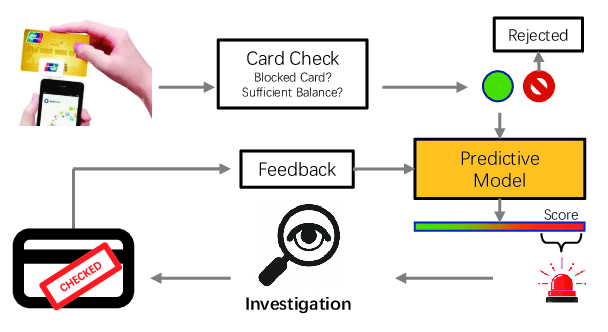Fraud detection systems and algorithms play a crucial role in preventing online mining scams and other fraudulent activities. These systems use various techniques to identify and flag suspicious behavior, enabling companies and individuals to take proactive measures to prevent fraud. Here are some common approaches used in fraud detection:
- Anomaly detection: Fraud detection systems often employ anomaly detection algorithms to identify unusual patterns or behaviors that deviate from the norm. These algorithms analyze historical data and establish baselines of normal behavior. When a transaction or activity falls outside these established patterns, it raises an alert for further investigation.
- Machine learning and AI: Machine learning and artificial intelligence (AI) algorithms are frequently used in fraud detection. These algorithms learn from large volumes of data to identify patterns and anomalies associated with fraudulent behavior. They can adapt and improve their detection capabilities over time as they encounter new fraud patterns.
- Behavior analysis: Fraud detection systems analyze user behavior to determine if it aligns with typical patterns. They consider factors such as transaction frequency, location, device information, and browsing behavior. If a user’s behavior deviates significantly from their usual patterns or exhibits suspicious characteristics, it may trigger an alert for potential fraud.
- Rule-based systems: Rule-based systems rely on predefined rules and conditions to detect fraud. These rules are based on known patterns of fraudulent behavior. For example, a rule might flag a transaction as suspicious if it exceeds a certain threshold or if it originates from a high-risk geographical location.
- Real-time monitoring: Fraud detection systems often monitor transactions and activities in real-time to quickly identify and respond to potential fraud. Real-time monitoring allows for immediate detection and intervention, reducing the impact and potential losses from fraudulent activities.
- Collaborative filtering: Collaborative filtering techniques leverage collective intelligence to identify fraud. These systems analyze patterns and behaviors across a network of users to detect anomalies and shared characteristics associated with fraudulent activities.
- Data enrichment: Fraud detection systems may enrich their data by incorporating external data sources such as blacklists, IP reputation databases, and device fingerprinting. This additional information helps identify known fraudsters, suspicious IP addresses, and compromised devices.
It’s important to note that fraud detection systems are not foolproof and may generate false positives or false negatives. Therefore, human intervention and manual review are often necessary to validate suspicious activities and take appropriate action.
To prevent online mining scams specifically, it’s essential to exercise caution and follow best practices. Be wary of investment opportunities that promise high returns with little risk, research and verify the legitimacy of mining operations before investing, and use secure platforms and payment methods. Stay informed about the latest scams and fraud techniques to better protect yourself from online mining scams.
